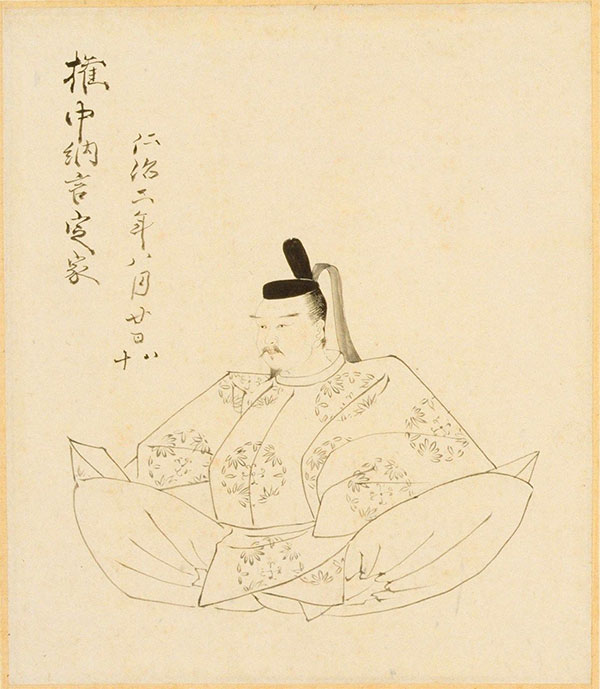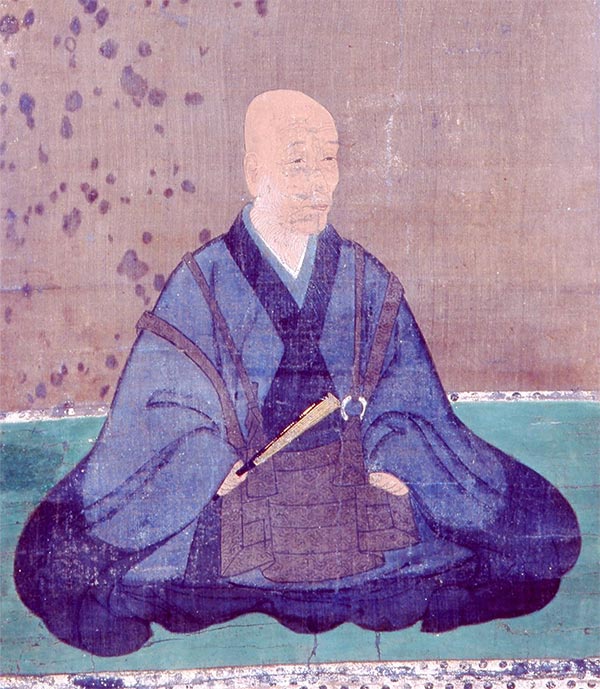News
The Evolution of “The Tale of Genji”
Shimauchi Keiji
Updated in June 2021
Over the centuries since it was written, The Tale of Genji has found ongoing relevance through the new interpretations of critics reacting to the spirit of the age.
A Tenacious Ability to Thrive
In the 1,300-year history of Japanese literature, The Tale of Genji stands out as a seminal, quintessential work, and it has become a part of the lives of the Japanese people.
It has had to show a tenacious ability to thrive, however. Usually dramatic changes to the environment bring extinction to lifeforms that are unable to adapt. The classic example is the dinosaurs. In the same way, works of literature that were considered the cultural pinnacle of their time may rapidly fall out of fashion in the succeeding era as societal values and political and economic systems undergo major transformation.
Created at the height of aristocratic political dominance at the turn of the eleventh century, when there was still no developed monetary economy, Genji has nonetheless found readers through years of peace and bloodshed, samurai rule and democracy, and capitalism and information technology.
The story’s secret to ongoing relevance lies in its many cultural “mutations.” Its text has remained the same, naturally, but readers’ desires and the messages they have sought to find in the work have changed with the ages. And Genji has always succeeded in conveying new messages through the fresh interpretations developed by its close scholars, thereby adapting itself to the upheavals of history.
From Aesthetics to Politics
The first big change for Genji came in the thirteenth century, 200 years after it was written, with the textual overhaul of Fujiwara no Teika (1162–1241), an authority on waka poetry. In a time without printing technology, the work had been repeatedly copied by hand and there were significant differences between the various versions. An authoritative form was needed for Genji to be culturally influential. Teika’s efforts fixed the content and the order of the 54 chapters, making Genji a classic that could be read and reread, and sparking research that would provide new ways of understanding the work.

Teika himself saw beauty as the central theme. He lived at the turbulent opening of Japan’s medieval era, when samurai warriors used force of arms to seize power. The editorial work of Teika, an aristocrat, revived a lost vision of the miyabi (refined elegance) of the imperial court.
He is also famous for compiling the famous Hyakunin isshu anthology, which includes 100 waka by 100 poets, most of whom lived in the courtly Heian period (794–1185). In his chaotic age, Teika’s own graceful, refined poems deploying the polished vocabulary of Genji allowed him to build an ideal world that transcended reality.
Some 250 years after Teika, the poet Sōgi (1421–1502) emerged. His vagabond reputation would win him the admiration of a later poet known for his travels, the haiku master Matsuo Bashō (1644–94). Sōgi lived into the Warring States period (1467–1568), when warlords battled over a fractured country and Japanese society entered even greater turmoil.
A portrait of Sōgi. (Courtesy Yamaguchi Prefectural Museum)

The watchword of the time was gekokujō, literally “the low overthrowing the high,” expressing how vassals toppled their lords and children drove out their parents. Traditional deference to masters and fathers was in tatters, and the prevalence of political marriage even brought an absence of trust between husbands and wives.
In this war-torn land, where human relations had broken down, Sōgi offered heartfelt prayers for the return of an ideal society with harmonious bonds between married couples, families, friends, lords and retainers, and teachers and students. He found these ideal relations—including those between rulers and the people—in Genji, which he considered to be the work’s greatest message.
Rather than a book on aesthetics, Sōgi saw Genji as a political primer necessary for achieving peace and understanding. It is the same principle as that behind this year’s choice of Reiwa (“beautiful harmony,” according to the official government translation) for Japan’s new era name.
Contributed by Nippon.com







